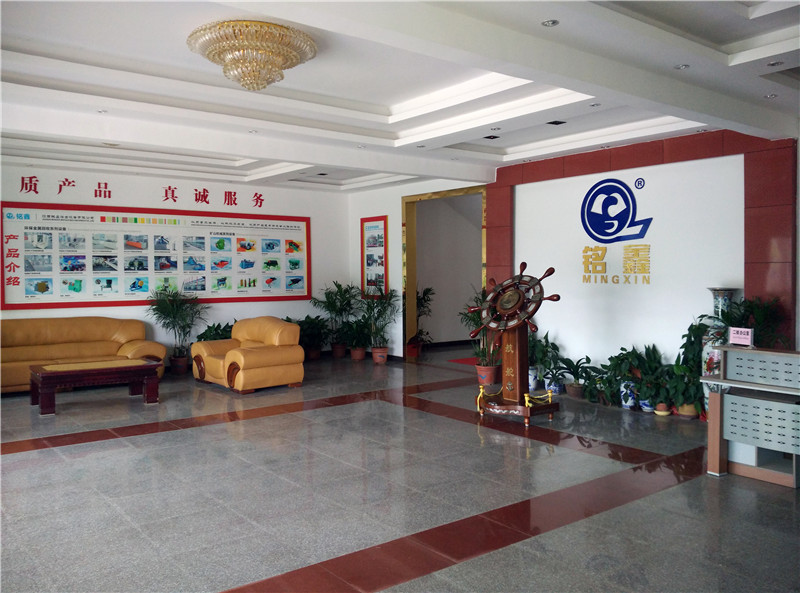With the rapid development of science and technology, lithium-ion batteries have become an indispensable energy solution in our daily lives. From smartphones to electric vehicles, lithium-ion batteries provide powerful power support for modern electronic devices with their high energy density, long life and low self-discharge rate. However, as with any technology product, lithium-ion batteries are also at risk of failure and damage. This article will deeply discuss the common failure causes of lithium-ion batteries, and put forward the corresponding prevention strategies. The working principle of lithium-ion batteries is based on the movement of lithium ions between positive and negative electrodes. During the charging process, lithium ions are removed from the positive electrode material and moved to the negative electrode material for storage through the electrolyte. When discharged, lithium ions are released from the negative material and returned to the positive material. This process is accompanied by the movement of electrons, which creates an electric current. Overcharge and overdischarge: the charge and discharge process of lithium-ion batteries needs to be strictly controlled within a certain voltage range. Overcharge will increase the internal pressure of the battery, which may cause thermal runaway. Excessive discharge will cause damage to the internal structure of the battery and affect the performance of the battery. 2. Thermal runaway: When the internal temperature of the battery is too high, it may cause a thermal runaway reaction, causing the battery to heat up rapidly, or even burn or explode. 3. Mechanical damage: When the battery is hit by external forces or punctured, the internal structure of the battery may be damaged, resulting in short circuit or thermal runaway. 4. Manufacturing defects: there may be problems such as impure materials and poor welding in the production process of the battery, which may lead to reduced battery performance or failure in long-term use. 1. Reasonable charging: Use original or certified chargers, follow correct charging methods, and avoid long charging and excessive discharge. 2. Temperature control: To avoid exposing the battery to extreme temperatures, especially in high temperature environments, measures should be taken to reduce the battery temperature. 3. Avoid mechanical damage: Keep the battery properly, avoid external impact and puncture, and check the appearance of the battery regularly to ensure that there is no damage. 4. Choose quality products: When purchasing batteries, choose well-known brands and products with good reputation to ensure the quality and safety of batteries. 5. Regular maintenance: Regular inspection and maintenance of the battery, timely detection and treatment of potential problems, to extend the service life of the battery. As an efficient energy solution, lithium-ion batteries are playing an increasingly important role in our lives. Understanding its working principle and common failure causes, and taking effective prevention strategies can ensure the safe use and performance of the battery. With the continuous progress of technology, we have reason to believe that the safety and reliability of lithium-ion batteries will be further improved, bringing more convenience to our lives.











